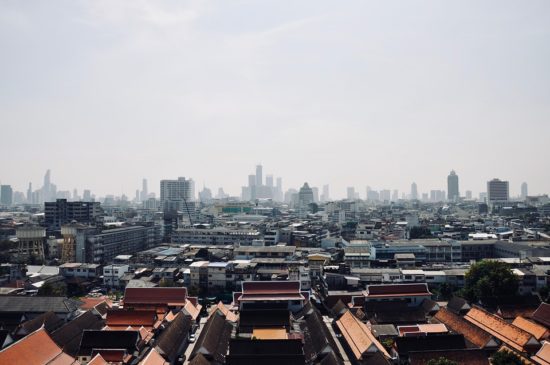Antimicrobial Resistance Surveillance in Low- and Middle-Income Countries: Progress and Challenges in Eight South Asian and Southeast Asian Countries
In 2015, the United Nations World Health Assembly endorsed the World Health Organization’s Global Action Plan to tackle AMR; thus, several countries are striving to improve their AMR surveillance capacity, including making significant investments and establishing and expanding surveillance networks. Initial data generated from AMR surveillance networks in LMICs suggest the high prevalence of resistance, but these data exhibit several shortcomings, such as a lack of representativeness, lack of standardized laboratory practices, and underutilization of microbiology services. Despite significant progress, AMR surveillance networks in LMICs face several challenges in expansion and sustainability due to limited financial resources and technical capacity. This review summarizes the existing health infrastructure affecting the establishment of AMR surveillance programs, the burden of bacterial infections demonstrating the need for AMR surveillance, and current progress and challenges in AMR surveillance efforts in eight South and Southeast Asian countries.
AMR NEWS
Your Biweekly Source for Global AMR Insights!
Stay informed with the essential newsletter that brings together all the latest One Health news on antimicrobial resistance. Delivered straight to your inbox every two weeks, AMR NEWS provides a curated selection of international insights, key publications, and the latest updates in the fight against AMR.
Don’t miss out on staying ahead in the global AMR movement—subscribe now!





